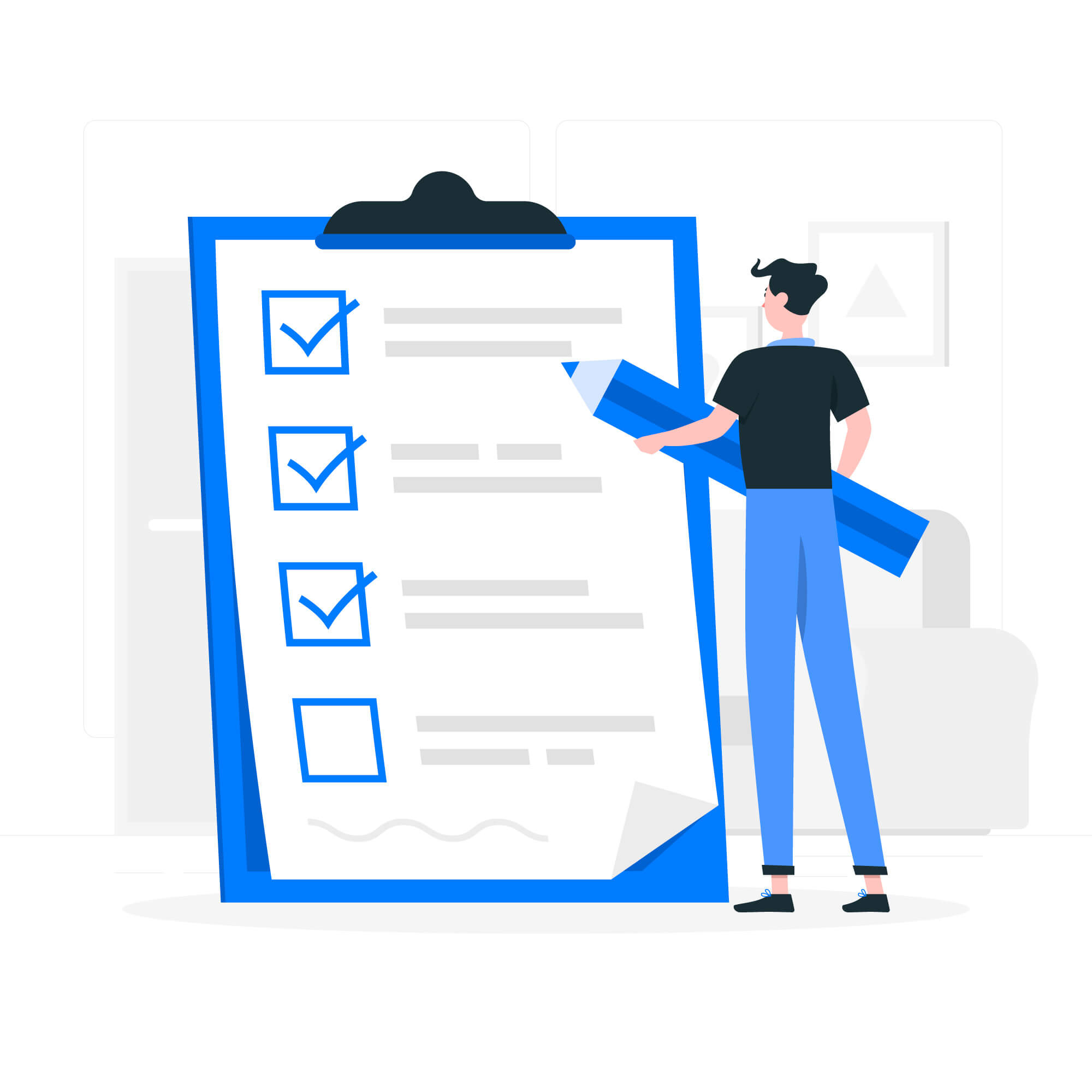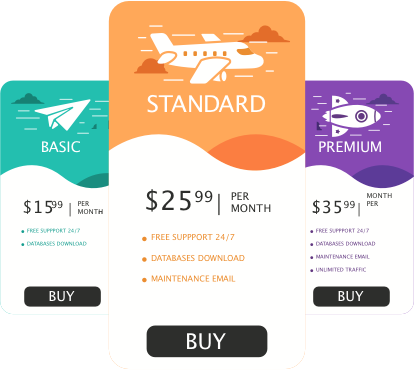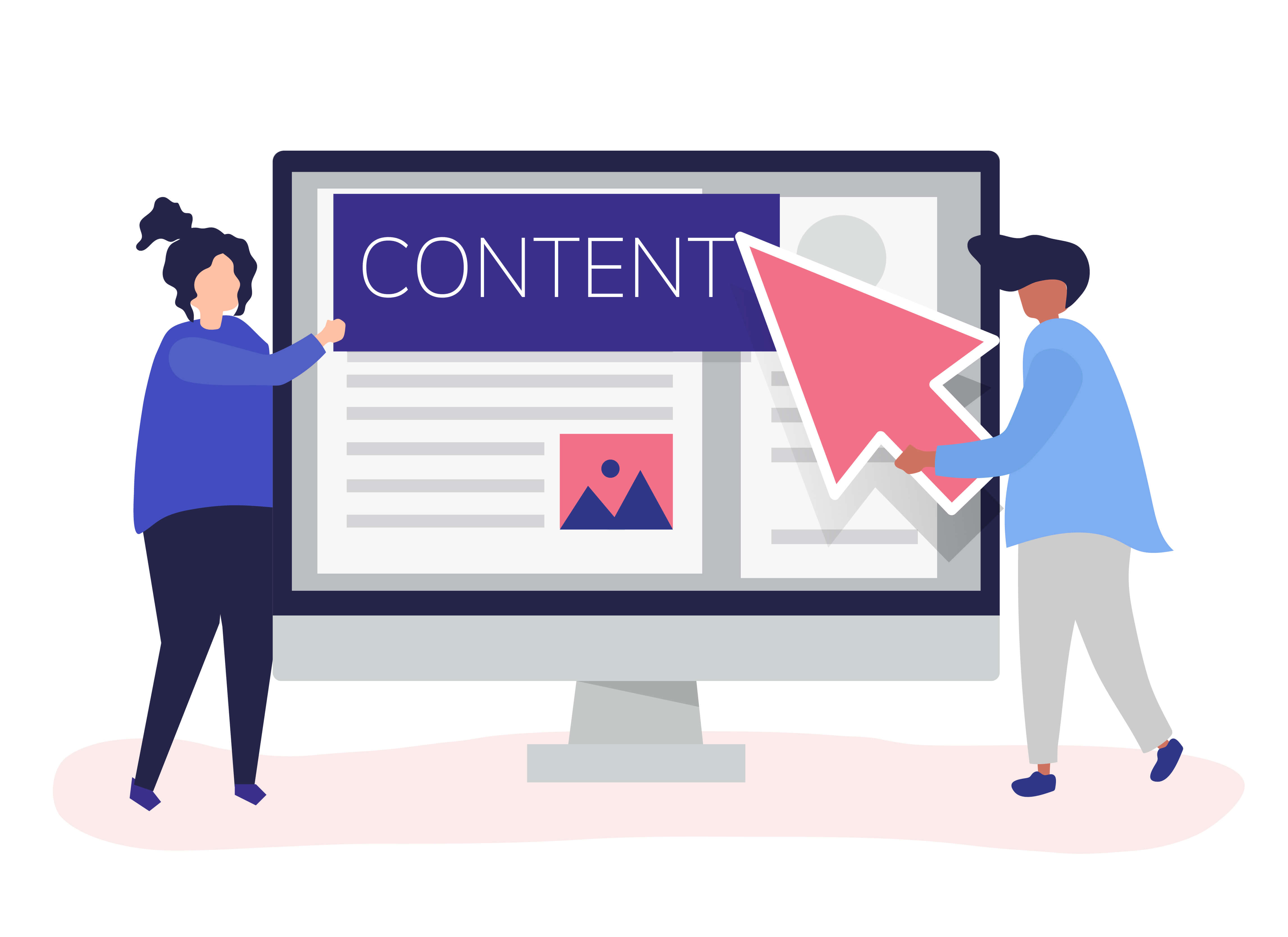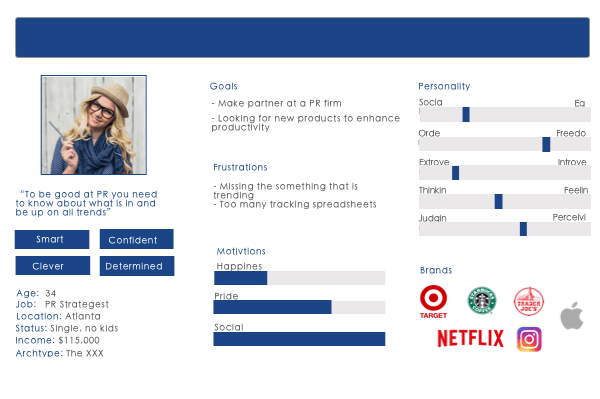6 Ways User Research Can Help You

User research is the process of getting to know your users by speaking with them to better understand their wants, needs and frustrations. Understanding your users will allow you to develop empathy so you can keep them in mind with every decision.
Do you struggle to know what features to prioritize?
Are people using your product?
Are you not sure why your users are visiting your website but not purchasing from you?
Are you not sure what pricing model resonates best with your users?
Are you not sure what your customer’s typical day looks like?
These are a few of the questions that user research can help you answer.

Feature Prioritization
Your backlog is massive and filled with suggestions from customer service, marketing, management, and the product team. All of them sound like a good idea and ideally would have unlimited resources to build all of those features. As a Product Manager, your job is to prioritize what comes next. It can be very difficult, with pressure from many people requesting that certain feature be built next. By conducting user research and speaking to your users, you’ll be able to understand what they want. After all, it might be something that’s not on your current roadmap.

It’s important that you not introduce bias. Conducting moderated, or interview, sessions with only one or two people can also be misleading. If one person mentions they want a new feature, it may be personal preference. However, if three people mention the same feature, it’s likely a problem it’s worth pursuing. When conducting user research to prioritize features, it’s important to focus on the problems your users are dealing with.
Convert Website Visitors
Conduct user research to understand why people are visiting your website, but not purchasing. You can look at your analytics tools to understand how many visitors you have, the number of page views, and the time spent on your website. While that information is valuable, you need user research to understand why they aren’t moving from visitors to customers.
Conduct an unmoderated, or self-guided, session and have participants walkthrough your product or website. Ask them to complete tasks while speaking their thoughts out loud.
Pricing Model
Pricing your product is more of an art than a science. There are many factors to consider when pricing your product. Do customers self-identify the correct plan for them? Do they understand the different features? Can customers differentiate between the pricing options? There are endless possibilities for pricing optimization. You can conduct unmoderated sessions to ask participants to view your pricing page. Here’s a list of tasks that you can ask your prospective customers to ensure the value at each pricing tier is understood.

Subscribe to receive monthly UX insights.
Validate My Concepts
Before you spend money developing a product, you should first conduct extensive user feedback to understand if there’s a product-market fit. Speak to your target users to understand their pain points. You can send a concept test through a user testing software to understand who your concept resonates with. Once you truly understand your target customer’s pain points, you’re able to design a solution.
If you’ve already gone down a road with a concept that doesn’t have a product-market fit, the good news is that you can speak to your users to understand how to pivot. Speaking to 5-10 participants within target demographics can help understand what steps to take. On the other hand, speaking to a general population can help determine if you’re going after the wrong market. For example, you may have set out to build a product for Account Managers, but after your user research sessions, you determine that it’s better suited for Customer Service Representatives. With this information, you can re-route your marketing and advertising spend to catch the attention of your new customer segment.
Beat Your Competitors
Make your product intuitive and easy to use by investing in user research. It can be your competitive advantage. You can approach competitive research in a few different ways.
- Conduct an unmoderated user research session on your competitor’s website and your website. You’ll be able to diagnose if your competitors are beating you because they have a more usable product.
- Conduct a brand perception study. You’ll be able to determine if their value proposition resonates with your target user more than your value proposition. Learn more about the different questions you could ask in this type of study here.
The insights you’ll receive from user research will be a huge differentiator.
People Click Around Too Much

When people have to click a lot to accomplish their goal, they’ll likely drop off. Bailey & Wolfson investigated the importance for where the user clicks first in First Click Usability Testing. Their research showed that if the first click was correct, visitors had an 87% chance of completing the action correctly, compared to 46% if the first click was wrong. Speak to your users when you’re designing or redesigning your website so you can place things intuitively.
Once you’ve completed your research, take it one step further. Make sure your entire team aligns on your findings so your company can become user-centric.
The Customer Journey Map
One of the most important things you can do is to understand all the actions and interactions your customers have. By understanding your customer’s journey, you can pinpoint their frustrations and build solutions for those pain points. You can conduct moderated sessions to understand exactly what spurs your user to Use this template to guide your customers journey workshop.
Personas

Create a UX persona by conducting user research. Through qualitative research sessions, you can identify your different customer segments and create personas that will help you make design decisions. Learn more about personas here.
User research drives user empathy, solution building and increases customer satisfaction.
The PlaybookUX platform allows you to conduct moderated and unmoderated sessions. We take care of recruiting the right participants, conducting the sessions, incentive payments and synthesis.
Speak to high quality people


